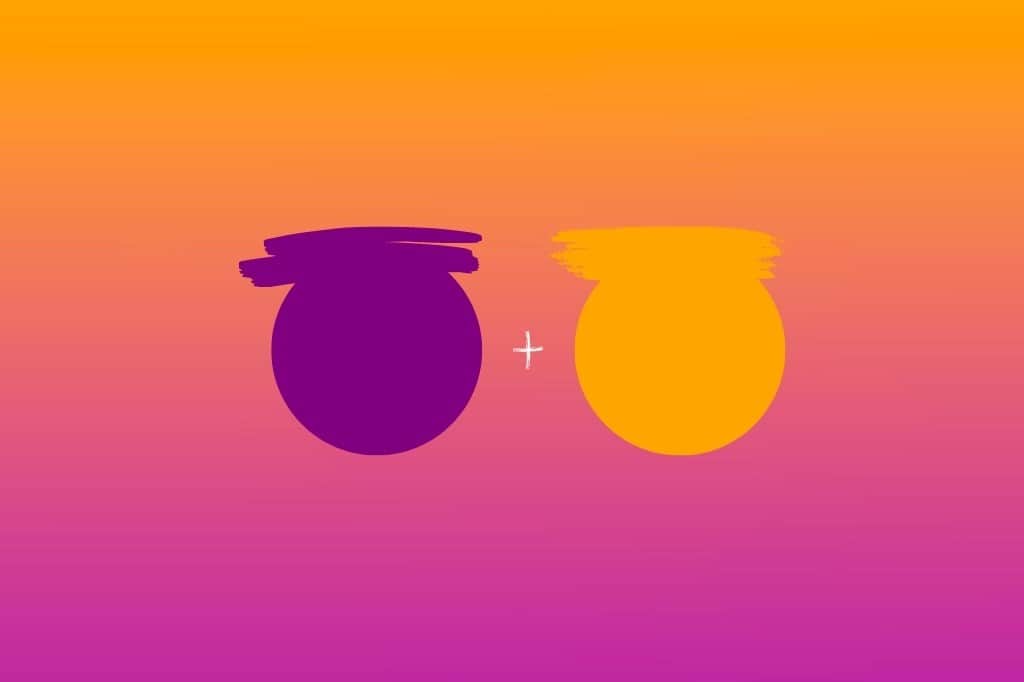Have you ever wondered what color makes purple and orange when mixed? You’ve probably experimented with color combinations like any designer or artist. Practice, as in any other field, makes perfect.
Today we’ll talk about combining orange and purple. Purple is associated with royalty, imagination, and mystery, while orange represents excitement, enthusiasm, and optimism.
Yet, surprisingly, both colors are linked to a high level of creativity.
When we mix orange and purple in lights, we get a dark orange with pink undertones within a color gradient that runs through shades of red-orange, red, and magenta.
In the painting industry, the mixture of purple and orange creates a reddish-brown hue.
While the lighting industry employs an additive RGB (red, green, blue) color model, painting employs a subtractive RYB color model.
This means that the more you add in RGB, the closer you will be to white, whereas the more you add in RYB, the closer you will be to black.
So, what color does the mix of purple and orange make?
What Color Do Orange and Purple Make?
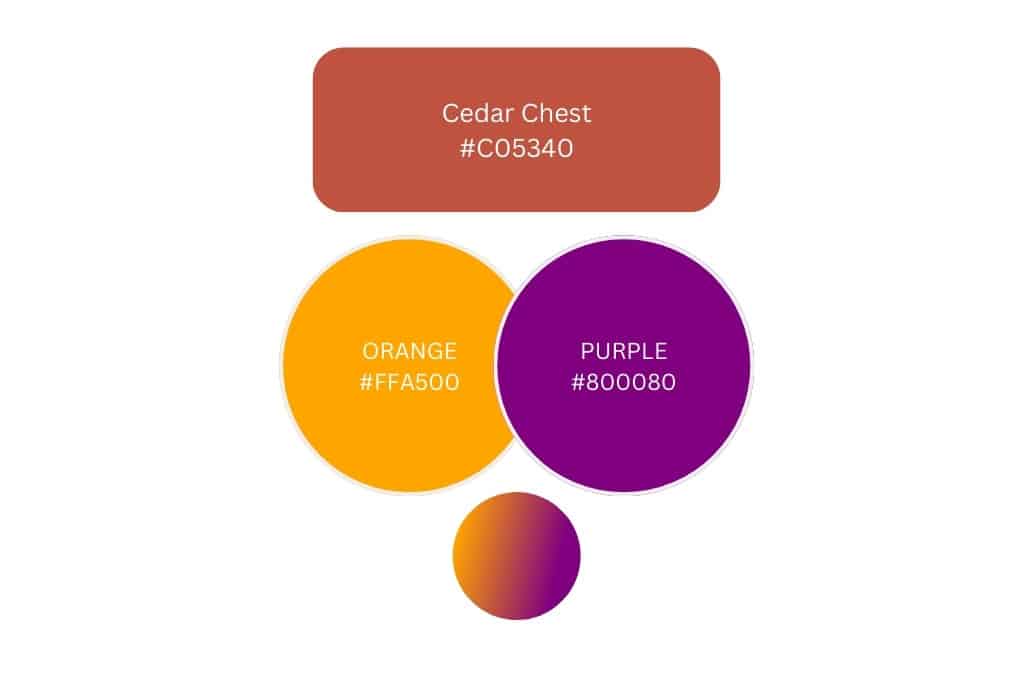
When you mix orange and purple lights, you get a dark orange with pink undertones.
In paint, blending purple and orange creates Russet, a reddish brown color. This could be considered a light brown because it is rich, warm, and airy.
What Color Do Purple And Orange Make in Lights?
On the color wheel, orange combines yellow and red, and purple is created by blending blue and magenta.
While the primary colors in the lighting industry are red, green, and blue (RGB), this mixture does not use all of the primary colors as paint does.
By mixing purple and orange, you get the color Cedar Chest.
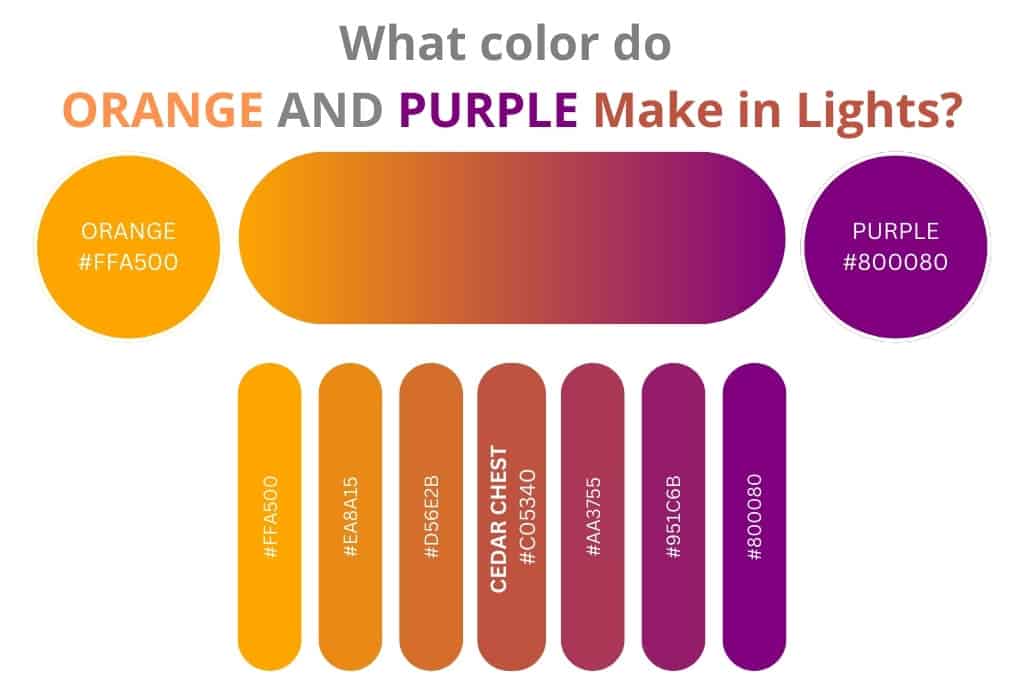
Cedar Chest is a deep, muted orange with a dusty pink undertone. It has the hexadecimal code #C05340.
Understanding the RGB Color Model
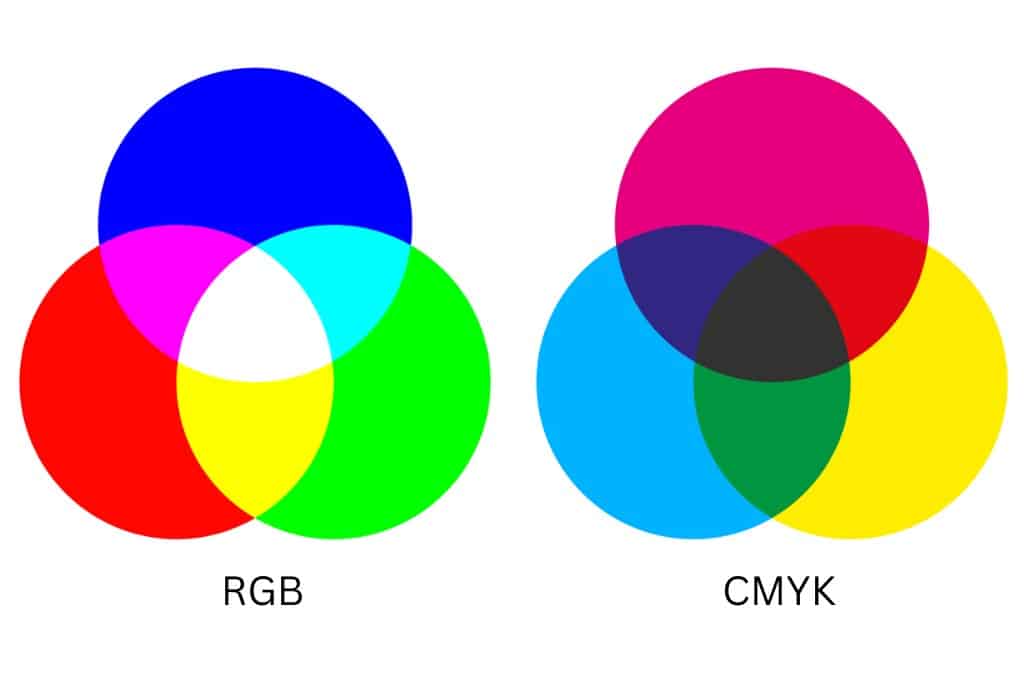
The RGB color model is used in the lighting and electronics industry. This color space uses red, green, and blue as primary colors instead of the red, yellow, and blue used by the RYB system.
These primary colors can be mixed to create the secondary colors of the RGB color model, cyan, magenta, and yellow.
Since the tertiary colors are the same in both the RGB and CMYK color space, in both RGB and CMYK, the mixing of orange and purple makes dark orange with a pink undertone.
While the RYB color wheel is a form of subtractive color mixing, the RGB color wheel is a form of additive color mixing.
Mixing Lights
The RGB color model is widely used in the lighting and electronics industries. Instead of the red, yellow, and blue used by the RYB system, this color space uses red, green, and blue as primary colors.
These primary colors can be combined to form the RGB color model’s secondary colors, cyan, magenta, and yellow.
Because the tertiary colors are the same in both the RGB and CMYK color spaces, mixing orange and purple produce dark orange with a pink undertone in both.
The RYB color wheel is a subtractive color mixing method. In contrast, the RGB color wheel is an additive color mixing method.
Cedar Chest Color Meaning
Cedar Chest
Hex: #C05340
RGB: 192, 83, 64
CMYK: 0, 57, 67, 25
The color Cedar Chest is a dark orange with pink undertones. It’s an earthy orange that is subdued and orange.
Orange represents optimism, energy, enthusiasm, and creativity. Orange is a creative, spontaneous, and optimistic color. And optimism means life.
Dark orange hues are also associated with childishness, pride, and stubbornness.
This color can also remind you of late fall, and it can stand for warmth and caress.
Dark orange, on the other hand, can represent deception and distrust.
Purple and Orange Mixed in Lighter and Darker Shades
Copper red, Chocolate web, Cadmium orange, and Carrot orange are the lighter shades created by combining purple and orange in the RGB color model.
Copper Red
Hex: #C85E38
RGB: 200, 94, 56
CMYK: 0, 53, 72, 22
Chocolate Web
Hex: #D06830
RGB: 208, 104, 48
CMYK: 0, 50, 77, 18
Cadmium Orange
Hex: #E07C20
RGB: 224, 124, 32
CMYK: 0, 45, 86, 12
Carrot Orange
Hex: #F09110
RGB: 240, 245, 16
CMYK: 0, 40, 93, 6
Deep chestnut, English red, Amaranth MP, and Flirt are the four darkest versions of the color produced by mixing purple and orange.
Deep Chestnut
Hex: #B84948
RGB: 184, 73, 72
CMYK: 0, 60, 61, 28
English Red
Hex: #B03F50
RGB: 176, 63, 80
CMYK: 0, 64, 55, 31
Amarant MP
Hex: #A02A60
RGB: 160, 42, 96
CMYK: 0, 74, 40, 37
Flirt
Hex: #901570
RGB: 144, 21, 112
CMYK: 0, 85, 22, 44
Similar paint to the result of mixing purple and orange in lights
Fire Dance 2171-20 by Benjamin Moore is the best paint color to match the color created by combining orange and purple within the lighing industry. It has smoky orange undertones and is a shade of red.
This is an excellent paint color for painting your living room or kitchen.
What Color Do Purple and Orange Make in Paint?
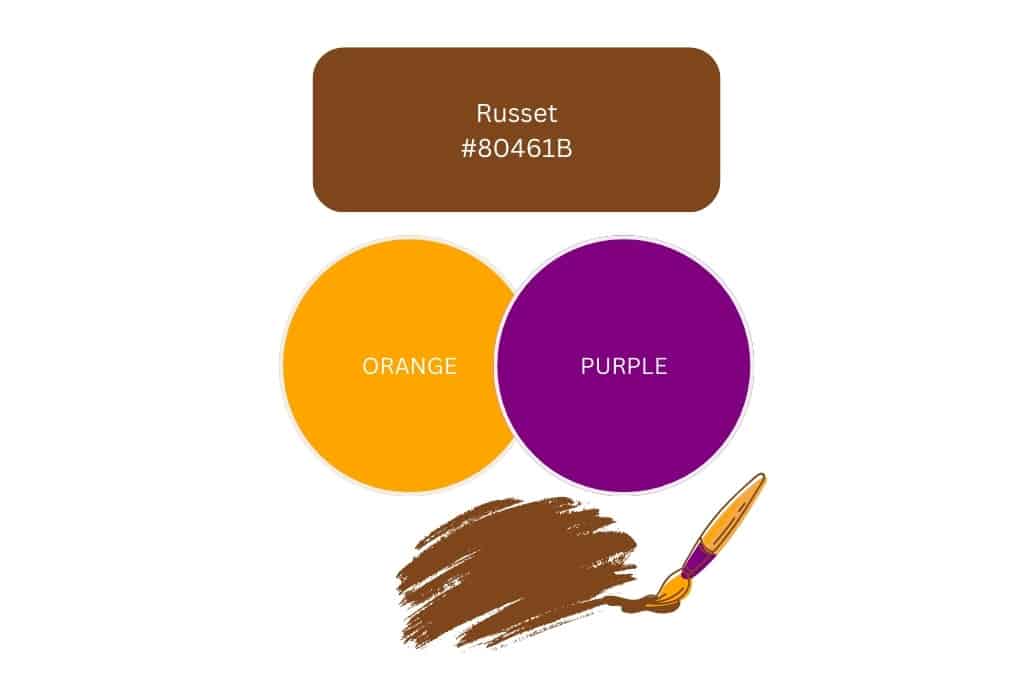
When purple and orange are mixed, they create brown with a red tint, known as reddish-brown or Russet.
Purple is created by artists by mixing equal parts red and blue. They mix half red and half yellow to make orange. So, to get brown by combining purple and orange, we’ll need 1 part red, 1/2 part blue, and 1/2 part yellow.
In case you didn’t know, brown is made by mixing red, blue, and yellow.
When we mix orange and purple, we get Russet, a brown with a hint of red. It’s called reddish-brown. Its hexadecimal value is #80461B.
This color is more appealing than the common brown because it resembles the fur of the European brown bear. Use red paint in a brown base to achieve this color more easily.
Why Orange and Purple Make Reddish-Brown
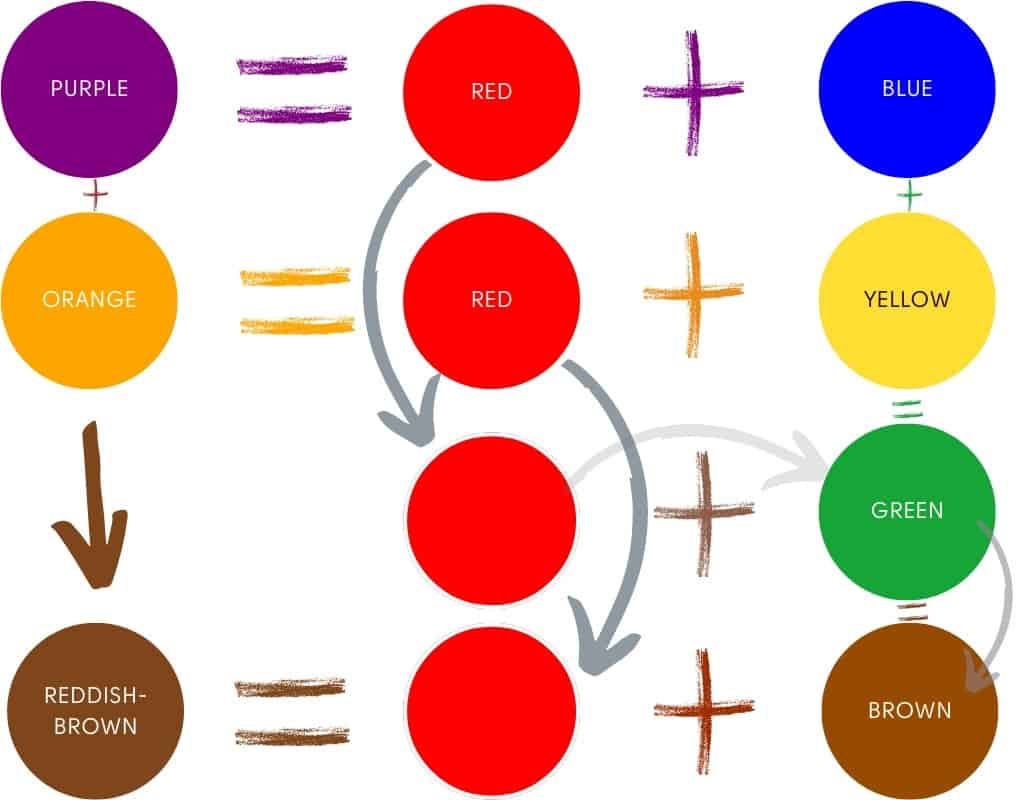
In painting, the combination of orange and purple creates Russet, a reddish-brown hue.
As we saw above, paint creates purple by combining red and blue.
Orange is created by combining red and yellow paint.
When we combine blue and yellow, we get green.
When we combine the red from the orange color composition with green, we get brown. When we combine the brown and the red from purple, we get reddish-brown. The same result is obtained by combining one part red with half yellow and half blue, the primary colors of the RYB color model.
Suppose you wish to experiment further with these hues. In that case, you should be aware that we obtain a muddy pink when we use less saturated or lighter colors as a base.
Understanding the RYB Color Model
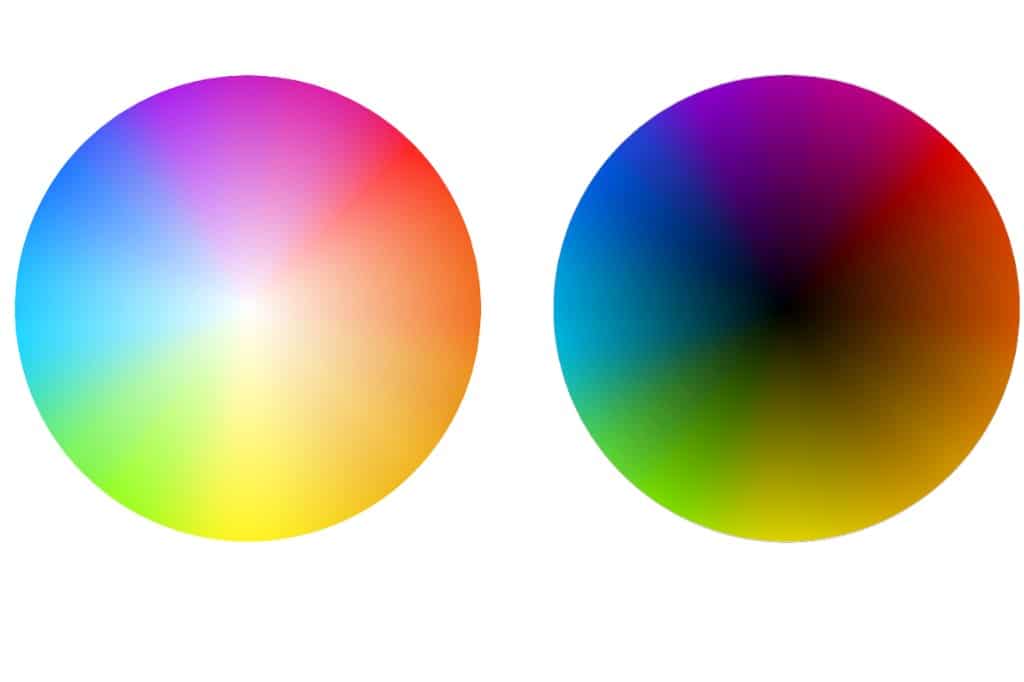
RYB is a color wheel commonly used in painting and other art forms.
The primary colors in the RYB color wheel are red, yellow, and blue. They produce the secondary colors green, orange, and purple when mixed.
This color model is a type of subtractive mixing, which is based on the principle of absorbing other colors to create a new color.
As a result, it is critical to understand that mixing two paint colors produces a completely different hue than performing the same mix in the RGB model.
Purple is created by combining blue and red. Orange is made up of the colors yellow and red.
Yellow is the opposite of purple on the color wheel, and blue is the opposite of orange. In the RYB color wheel, orange and purple are both secondary colors.
In the painting industry, combining purple and orange makes a reddish brown.
The results of blending orange and purple range from reddish brown to muddy pink.
Russet Color Meaning
Russet
Hex: #80461B
RGB: 128, 70, 27
CMYK: 0, 45, 79, 50
Russet, a reddish-brown color, derives its meaning from brown and is associated with honesty, strength, stability, and dependability.
Additionally, this color is associated with wisdom, appreciation, and support.
It can also be associated with humility, sadness, and depression.
How to Mix Lighter and Darker Colors of Purple and Orange
We discovered that mixing orange and purple results in dark orange with dusty pink undertones.
Making Tints
Tints are lighter versions of a color. For example, to create tints of the color created by mixing orange and purple, add a little white or use less saturated color bases.
Depending on the proportion of bases and their saturation, we can achieve lighter shades ranging from dark orange to reddish brown with pink undertones in the painting industry.
Making Shades
Darker versions of color are called shades. To get a darker shade of the resulting mix of purple and orange, you will need to add a little black or use darker, more saturated colors as a base.
Purple and Orange in Design
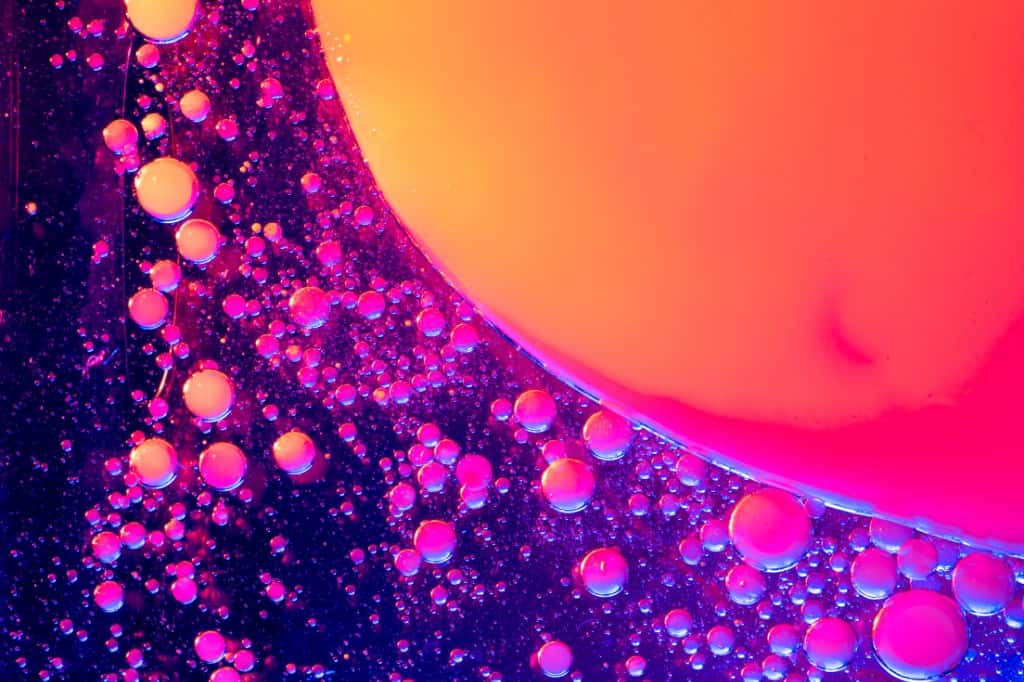
Despite being diametrically opposed colors, purple and orange resonate more strongly together. So they do belong together in this sense.
Purple and orange can be used together in a design to create something eye-catching and vibrant.
You should be aware that orange is a warm color instead of purple, which is cool.
Whether it’s reddish brown hues in painting or dark orange shades with pink undertones in lighting, the colors orange and purple make are more frequently used in design.
Complementary shades of dark orange or reddish-brown are best to provide contrast and a positive color impact in a clean design.
Final thoughts on the Purple and Orange color mixture
Orange, the color of hope, and purple, the color of royalty and mystery, combine to create some stunning shades of reddish brown in painting and dark orange with pink undertones in lighting.
So the combination of purple and orange in the lights creates Cedar Chest, a dark orange with pink undertones. Its hex code is #C05340.
In painting, the combination of purple and orange creates the color Russet, a reddish-brown hue. Its hexadecimal value is #80461B. We can achieve a muddy pink by using less saturated shades.
We hope you enjoyed today’s article and that we were able to answer your question, “What do orange and purple make?”

